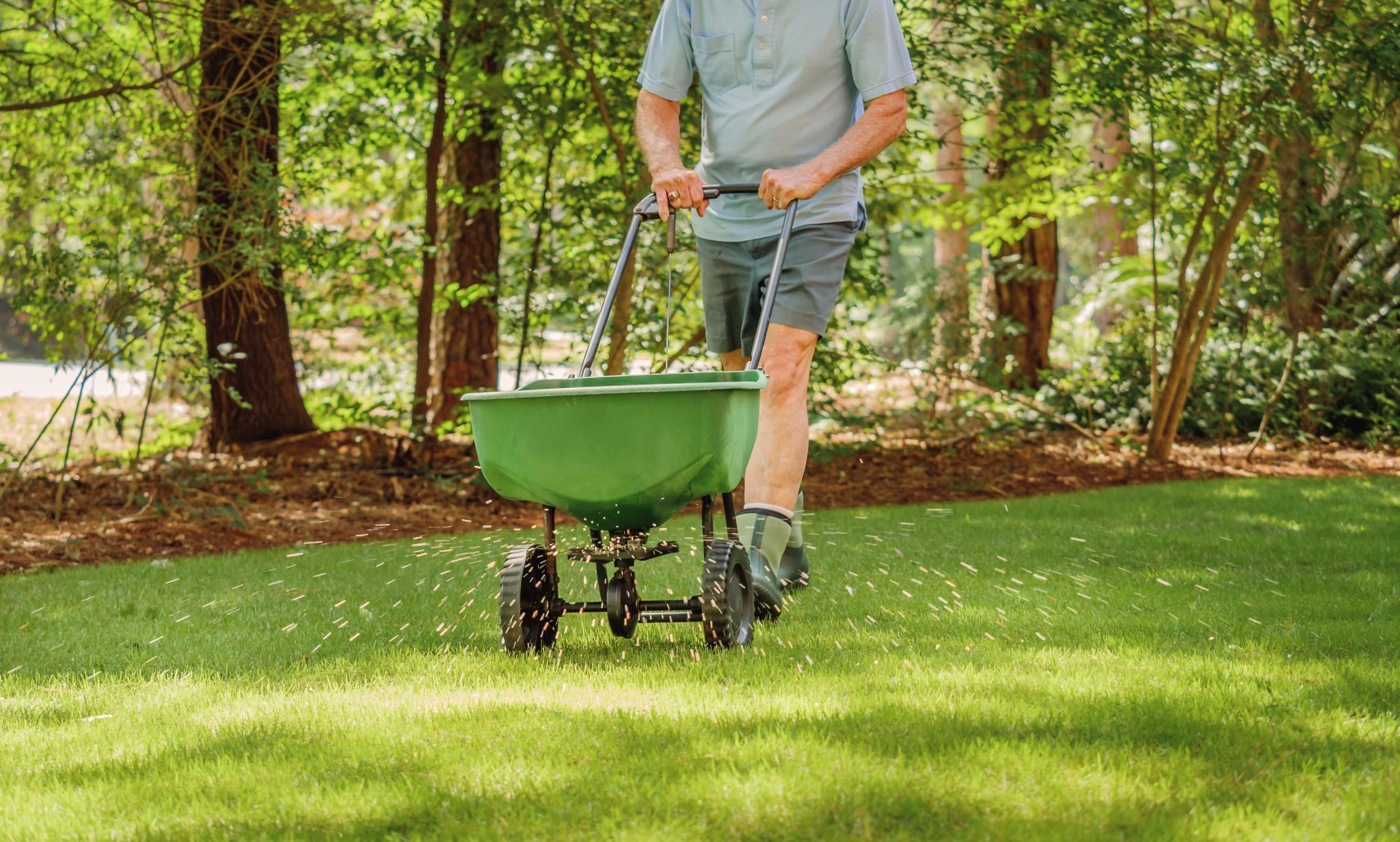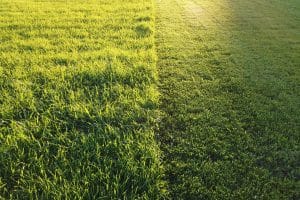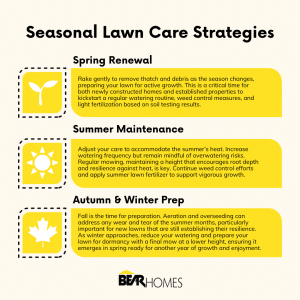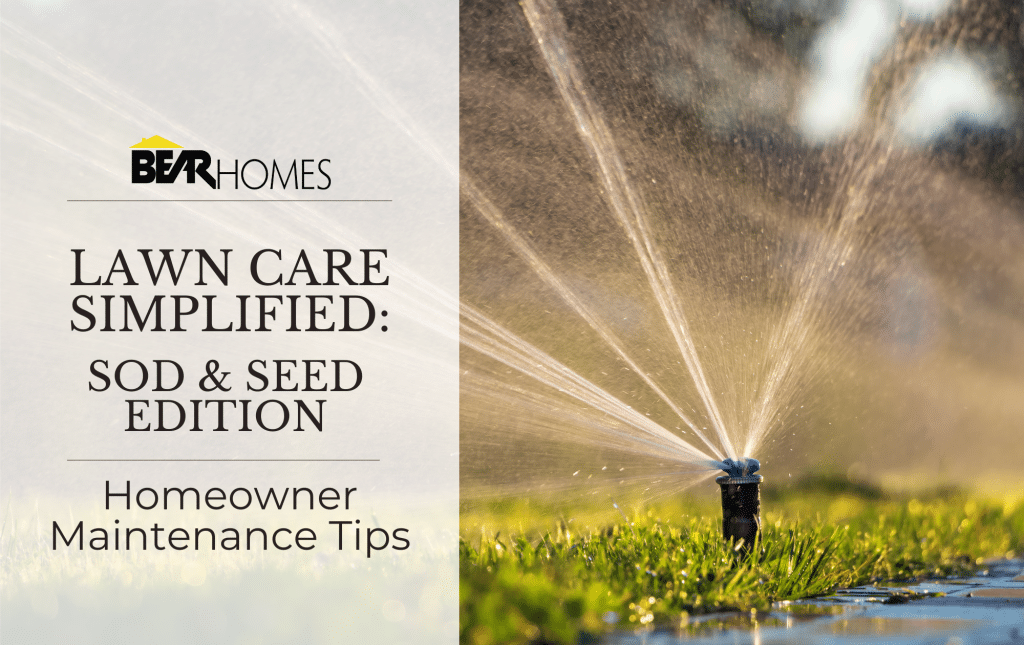Mastering Lawn Care from Sod to Seed
A lush, vibrant lawn can be the perfect complement to your brand-new home—especially in Southeastern Wisconsin, where the climate allows us to enjoy green outdoor spaces for much of the year. At Bear Homes, we’ve spent over 15 years helping homeowners make the most of their new construction properties. Here’s our take on establishing (and maintaining) that picture-perfect lawn, whether you choose sod or seed.
Why Your Lawn Matters

A healthy lawn goes beyond mere curb appeal; it’s the first impression for visitors, a gathering place for family fun, and even a way to contribute positively to the local ecosystem. Thick, well-established grass helps:
- reduce soil erosion
- filter rainwater
- and provides a natural habitat for beneficial insects
When you invest time and care upfront, you’ll set the stage for a resilient, stress-free outdoor space all year long.
Sod vs. Seed: Which Is Right for You?
Sod involves transplanting mature turf directly onto prepared soil, offering an “instant lawn” aesthetic and immediate coverage. Seed, on the other hand, is more budget-friendly, but it requires patience while the grass germinates and fills in. Your choice often comes down to timing, budget, and personal preference. Either way, Southeastern Wisconsin’s cooler climate and moderate rainfall are conducive to popular grass types like Kentucky bluegrass, perennial ryegrass, fescues, or white clover.
Bear Homes Tip: If you’re not sure which option fits your lifestyle best, address this in the early stages of your building process. We’ve seen how climate, schedule, and individual goals can affect lawn establishment—and we’re happy to guide you in the right direction.
Water Wise: The First Step to Success
Immediate Needs for New Sod or Seed
In the early stages, water is the lifeblood of your lawn. Experts generally recommend frequent, light watering for seeds—keeping the topsoil consistently moist but not soggy—until germination begins. With sod, you’ll want to water right after installation, then taper to deep, even soakings over the first couple of weeks.
- Sod: Aim for a thorough watering just after placement, followed by daily checks to ensure it stays slightly moist. After the sod starts rooting, transition to deeper, less frequent watering to encourage root growth.
- Seed: Water lightly two or three times a day until you see sprouts. Once your new grass emerges, gradually switch to deeper soakings, about 2–3 times per week.
Pro Tip: Overwatering can be just as harmful as underwatering—sod may fail to take root, and seeds can wash out or become moldy. If you notice puddles or excess runoff, dial back your watering sessions.
The First Mow: Slow and Steady

When it comes to mowing for the first time, patience is key. Wait until your grass—whether sodded or seeded—reaches a height of about 4 to 6 inches. Trimming too soon can stress young roots and slow establishment. Once you’re ready, set your mower blade to the highest recommended level for your grass type.
- Mowing Tip: Cutting off only the top one-third of the grass blade encourages deeper roots and healthier turf overall.
Feeding Your Lawn: Making Sense of Fertilizer
Choosing the Right Fertilizer
- Synthetic Fertilizers: Offer quick nutrient release for a fast “green up,” but may contribute to runoff affecting local waterways if overused.
- Organic Fertilizers: Improve soil health gradually, feeding beneficial microbes that make nutrients more available to your lawn.
Why Soil Testing Matters
Before you choose a fertilizer, consider testing your soil. State extension offices and many garden centers in Southeastern Wisconsin offer inexpensive testing services. This data-driven approach helps you select a fertilizer that targets your lawn’s true needs, preventing over-application and minimizing environmental impact.
Bear Homes Insight: After building new construction homes for 15 years, we’ve seen how common it is for homeowners to skip soil testing—only to battle chronic brown spots or weed invasions later. Spending the extra time on testing can save you time, money, and frustration down the road.
Seasonal Strategies for Southeastern Wisconsin

🌱Spring Renewal
- Cleanup & Preparation: Gently rake away winter debris and thatch buildup, ensuring optimal sunlight and airflow for emerging grass.
- Watering & Light Fertilization: Gradually introduce watering routines, adjusting based on rainfall. Apply a light fertilizer if your soil test suggests it.
- Weed Control: Use pre-emergent weed control if necessary, following product directions closely.
☀️Summer Maintenance
- Watering Routine: Hotter months call for deeper, more infrequent watering—usually 1 inch of water per week.
- Mowing Height: Keep the blade higher to shade roots, reduce drought stress, and discourage weed growth.
- Stay Vigilant: Watch for signs of heat stress, pests, and invasive weeds that can quickly take hold in summer’s warmth.
🍂Autumn & Winter Prep
- Aeration & Overseeding: Fall is prime time for aerating compacted soil and overseeding thin areas, helping build up your lawn’s thickness.
- Gradual Water Reduction: Reduce irrigation as temperatures drop and grass growth slows.
- Final Mow: Cut your lawn slightly lower before winter dormancy sets in—this prevents matting under snow and helps it bounce back in spring.
Ongoing Lawn Care: Beyond the Basics
Nutrition & Treatment Plans
Consider an annual or seasonal lawn care program that includes fertilization, weed control, and pest management. Tailor treatments to your lawn’s stage of development and specific problem areas, whether you installed sod last fall or seeded last spring.
Adjusting Irrigation
As your lawn matures, shift to less frequent but deeper watering. This strategy promotes deep root growth, creating a more drought-tolerant turf—a win-win for both your wallet and the environment.
Problem-Solving
Even the healthiest lawns may face pests, diseases, or random yellow patches. Early detection is crucial:
- Identify the Cause: From grubs to fungus, proper diagnosis is half the battle.
- Act Quickly: Implement the right solution before minor annoyances escalate into major lawn woes.
Bear Homes: Building Homes and Helping You Grow
At Bear Homes, we know that the beauty of a move-in-ready home or a property in one of our new subdivisions goes far beyond the four walls. A thriving lawn is essential for truly enjoying your new home’s outdoor spaces—from backyard barbecues to quiet mornings with a cup of coffee.
Over our 15 years of building new construction homes, we’ve seen firsthand how crucial proper lawn establishment is to the overall homeowner experience. While our focus is on providing top-quality homes, we believe supporting your landscaping journey is all part of delivering exceptional service.
Ready to Grow a Lawn You’ll Love?
Establishing a lush lawn in Southeastern Wisconsin involves balancing expert knowledge, consistent care, and a touch of patience. Whether you’re caring for sod, starting from seed, or looking to maintain a well-rooted lawn, these fundamentals will help you achieve a space that’s as healthy as it is beautiful.

And if you’re still on the hunt for that perfect new construction home in the region, Bear Homes is here to guide you—both in finding your ideal property and making the most of your outdoor space once you’re all moved in.
Ready to learn more? Stay tuned for additional homeowner tips, or reach out to Bear Homes today. We look forward to helping you grow—literally!
Interested in a New Construction Home in SE WI? Get Started Today!

